According to the American Academy of Dermatology, acne is the most common skin condition in the US, affecting up to 50 million Americans every year. Approximately 85% of people aged 12-24 experience at least minor acne.
Over-the-counter commercial acne treatments does not always work and can cause further skin irritation. Prescription acne treatments often contain antibiotics and can lead to antibiotic resistance.
A study of 468 acne patients who were treated with antibiotics found that 178 participants carried resistant strains of one or more bacteria found on the skin.
How Acne Develops
Acne is a disorder of the pilosebaceous unit, a structure in the skin consisting of the hair shaft, hair follicle, erector pili muscle (which causes goosebumps) and sebaceous gland. These units are densest on the face and chest.
The sebaceous gland produces a mixture of fats called sebum, which moisturizes the hair and skin. Hormonal activity can lead to increased sebum production (which is why acne is common during puberty and is one of the symptoms of PMS and pregnancy).
Propionibacterium acnes bacteria grow inside the pilosebaceous unit and feed on sebum. When sebum production is elevated by hormones, the fats combine with keratin (protein) in the skin to form plugs called comedones which block the opening of the hair follicle. Uninflamed comedones appear on the skin surface as blackheads or whiteheads.
The low oxygen levels and excess sebum within the blocked follicles create an environment where Propionibacterium acnes can thrive and multiply. Most of the skin damage associated with acne is not caused by the bacteria itself, but by the body’s immune response to it.
Inflammation is created when white blood cells arrive to fight the bacterial infection. The comedo turns red and swells into a papule, better known as a pimple. A pustule is created when fluid within the inflamed comedo accumulates dead white blood cells.
Types of Acne Lesions
A comedo (plural comedones) is a plug or clog in a hair follicle made of sebum and keratin from dead skin cells. All types of acne lesions are formed from a comedo.
- Blackheads are uninflamed comedones which are open at the surface of the skin, exposing the sebum and dead skin cells.
- Whiteheads are uninflamed comedones which are closed at the skin’s surface. The comedo protrudes to form a bump, but doesn’t break through the skin.
- Papules are inflamed comedones. They appear as reddened bumps and can cluster into a rash. They may cause irritation or itching and can become crusty if picked or scratched.
- Pustules are inflamed comedones which are filled with white or yellow pus. The pus is a byproduct of the immune response to the infection caused by Propionibacterium acnes. It consists mainly of dead white blood cells and bacteria. Picking or squeezing the pustules will release the pus but can lead to scarring.
- Nodules are large papules that form deep within the skin. They feel like hard lumps and are often painful to the touch.
- Cysts are large pustules that form deep within the skin. They look similar to boils and feel like soft, fluid-filled lumps.
Clinical Classifications of Acne
- Comedonal acne: uninflamed blackheads and whiteheads
- Papulopustular acne: inflamed papules and pustules
- Mild acne: fewer than 20 comedonal lesions, fewer than 15 papulopustular lesions or fewer than 30 total lesions.
- Moderate acne: 20-100 comedonal lesions, 15-50 papulopustular lesions or 30-125 total lesions.
- Severe nodulocystic acne: multiple cysts and nodules covering large areas on the face, neck, back, chest or shoulders.
- Acne conglobata: multiple nodules covering large areas that are interconnected under the skin.
Alternative Acne Treatments
Hundreds of home remedies and alternative treatments for acne can be found online. The majority of these haven’t been subject to randomized controlled trials.
That doesn’t necessarily mean they are all entirely ineffective, but some of them could do more harm than good. Astringent agents, such as lemon juice or vinegar, may dry out the skin and stimulate the sebaceous glands to produce more sebum.
The natural acne treatments described below have all been scientifically tested. They get to the root of the problem by decreasing sebum production, inhibiting the growth of Propionibacterium acnes or reducing inflammation.
7 Research-Based Natural Remedies for Acne
1. Tea Tree Oil
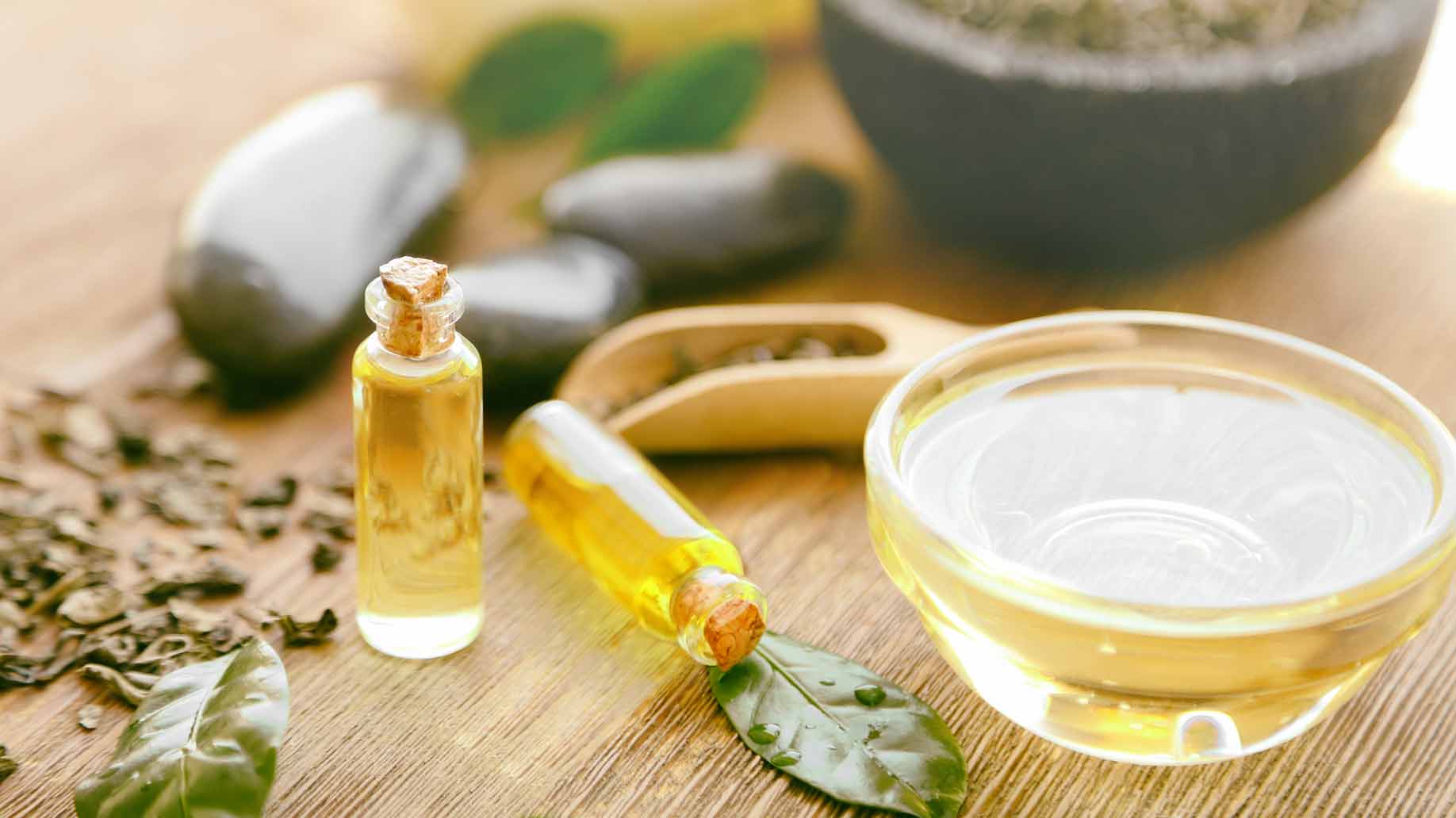
Tea tree oil has antioxidant and anti-inflammatory properties. Research has shown that it exhibits broad-spectrum antimicrobial activity against bacterial, viral and fungal skin infections. Lab tests have revealed numerous compounds in tea tree oil that are active against Propionibacterium acnes.
A small pilot study published in the Australasian Journal of Dermatology tested a tea tree oil gel and face wash for the treatment of mild-to-moderate facial acne. Participants applied the tea tree oil products to their faces twice daily for 12-weeks. Average number of acne lesions fell steadily over the course of the study: from 24 at the start, to 15 at week 8, and dropping to 11 by week 12. No serious side effects occurred.
An Iranian study evaluated the efficacy of tea tree oil in the treatment of acne. Researchers randomized 60 patients with mild-to-moderate acne into a treatment group and a placebo group. Both groups received gels in similar packaging. The gel given to the treatment group contained 5% tea tree oil. Patients were instructed to apply the gel over the affected area twice daily and rinse it off after 20 minutes.
After 6-weeks of treatment, there was a 44% reduction in acne lesions for the tea tree group, whereas the placebo group did not experience a significant reduction in total lesion count. The tea tree group also had a 41% reduction on an acne severity index compared to no significant difference in the placebo group.
A clinical trial published in the Medical Journal of Australia compared tea tree oil to benzoyl peroxide, an ingredient found in many over-the-counter acne creams. A total of 124 patients with mild-to-moderate acne were randomized to receive either a gel made with 5% tea tree oil or a lotion made with 5% benzoyl peroxide.
After 3 months, both treatments resulted in a similar reduction in the number of inflamed and non-inflamed acne lesions. However, the tea tree group experienced significantly fewer side effects such as irritation, itching, burning and dryness.
Method: Mix 1 part pure tea tree essential oil with 9 parts water. Dip a cotton swab in the solution and apply to affected areas. You can also try adding tea tree oil to your favorite face mask.
Alternatively, purchase a tea tree blemish gel from a drug store or a health products retailer and use as indicated.
Recommended:
2. Green Tea
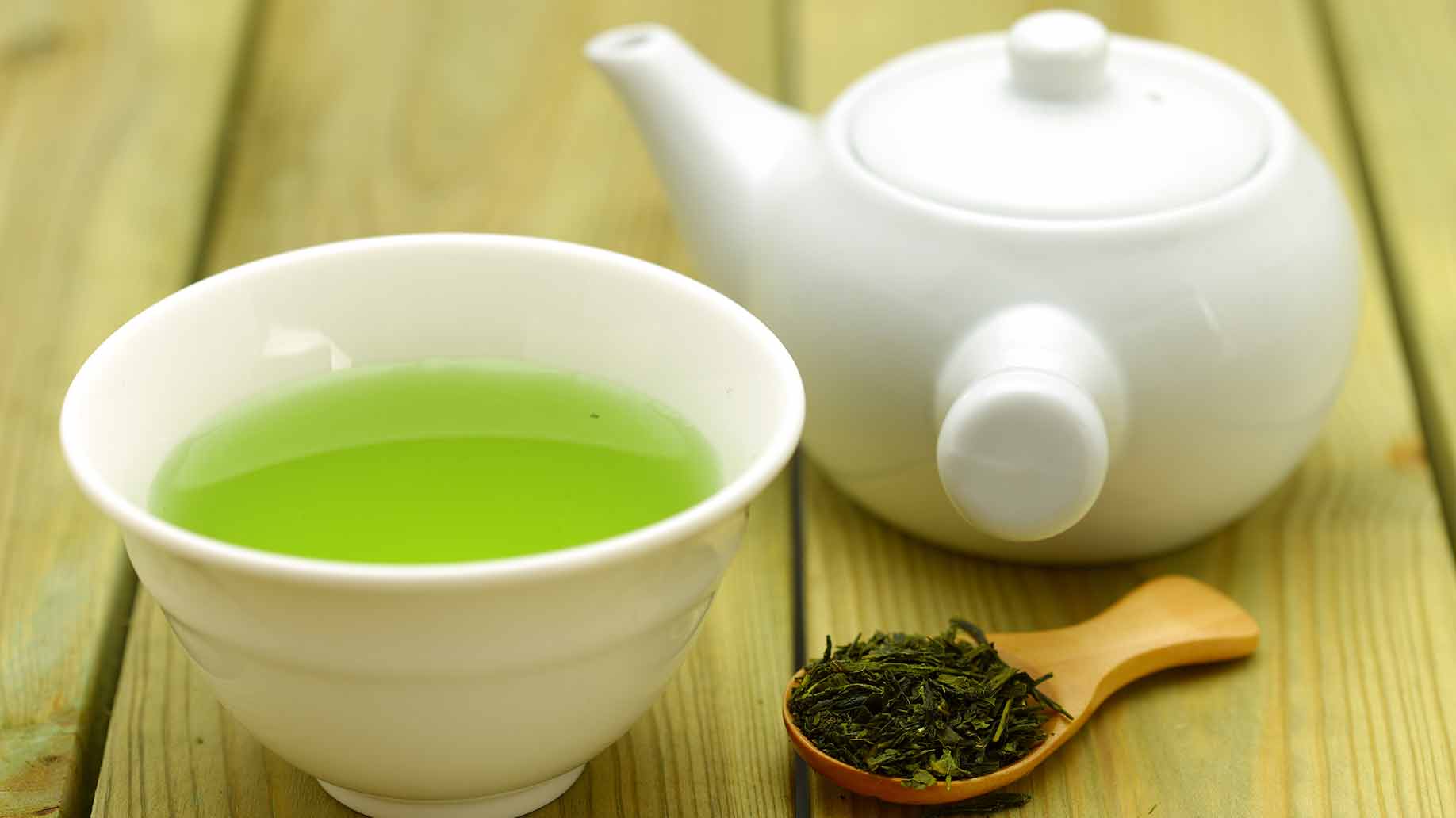
Excess sebum production is associated with pore enlargement and is one of the causes of acne. Green tea is rich in a catechin flavonoid called epigallocatechin-3-gallate (EGCG).
Research has shown that EGCG inhibits an enzyme found in sebaceous glands and reduces sebum secretion. Interestingly, green tea seems to improve acne whether taken orally or used topically.
A Bosnian study examined the effects of green tea on skin sebum production. Healthy male volunteers applied an emulsion containing 3% green tea extract to their cheeks over a period of 12-weeks. Researchers used grease spot photometry to measure sebum production at weekly intervals. Skin sebum levels fell continually and were 60% lower by the end of the study.
A clinical trial published in Complementary Therapies in Medicine examined the effects of oral green tea extract on adult acne. A total of 64 women aged 25-45 with moderate-to-severe acne were randomized to receive green tea supplements or placebo supplements. Participants took a capsule 3 times a day, 30 minutes before each meal. Those in the tea tree group took in a daily dose of 856 mg of EGCG.
After 4-weeks, the tea tree group had significantly fewer inflammatory lesions in the areas around the nose, mouth and chin compared to the placebo group. They also experienced an added bonus of a significant reduction in total cholesterol levels.
A clinical trial published in the Saudi Medical Journal evaluated the effectiveness of a tea lotion in comparison with a zinc sulfate solution for the treatment of acne. A total of 40 acne patients aged 13-27 were randomized into 2 groups. One group was given a 2% tea lotion and the other received a topical 5% zinc sulfate solution. Both groups were instructed to use the treatments twice daily for 2 months.
Inflammatory acne lesions were counted before and after the trial period. The 2% percent tea lotion decreased the number of pustules and papules by approximately 50%. The 5% zinc sulfate solution was beneficial but did not have a statistically significant effect.
Method: To use green tea topically, dip a cotton bud in liquid green tea extract and apply directly to pimples twice a day.
To take green tea orally, simply substitute green tea for coffee, black tea or your favorite beverage.
Alternatively, take green tea supplement capsules. Read the label and choose a product with at least 200 mg of EGCG. A combination of topical and oral green tea may produce the best results.
Recommended:
3. Low Glycemic Load Diet
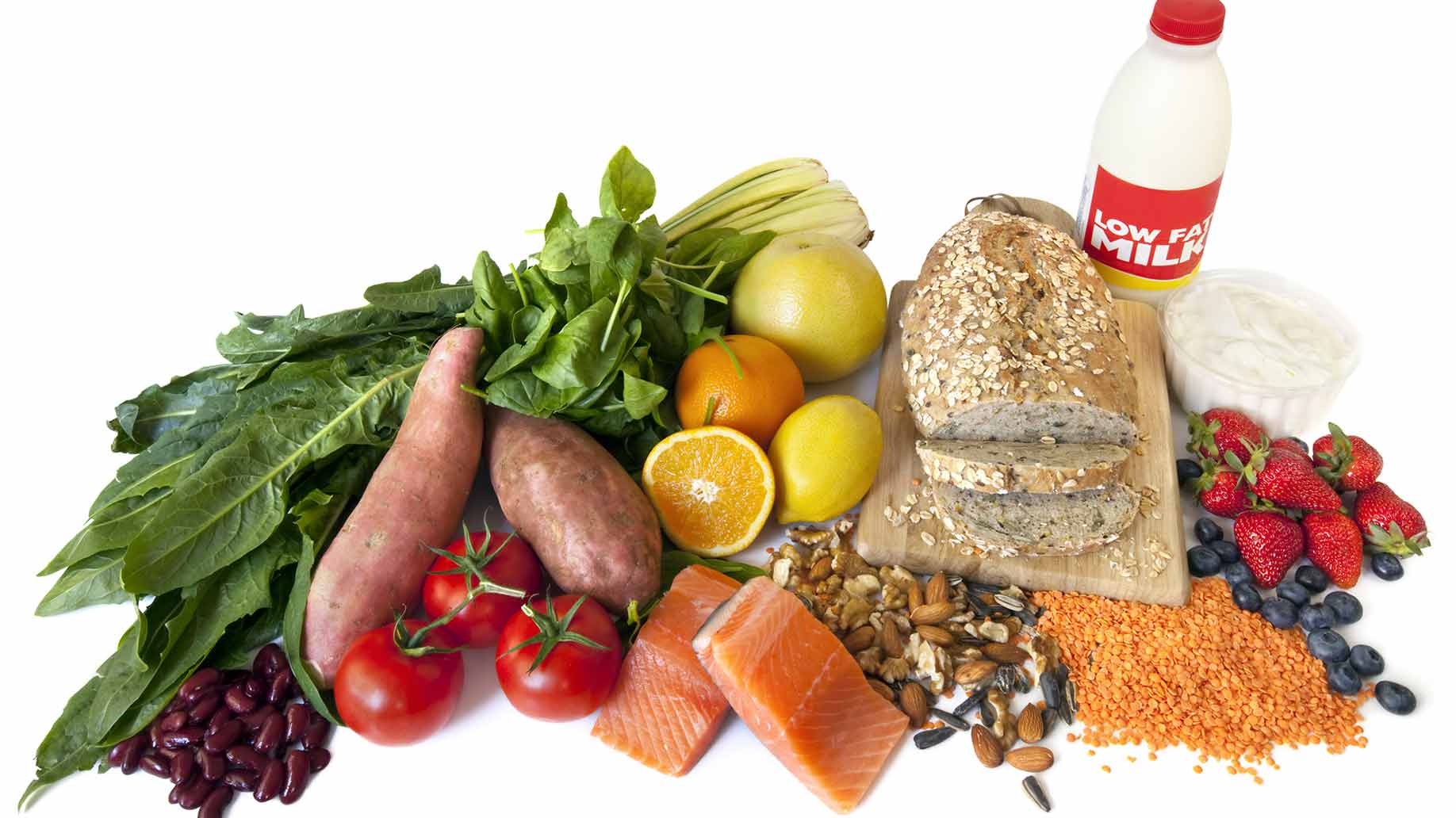
The glycemic index (GI) scores food on a scale of 0-100 based on how much they raise blood sugar levels. High GI foods tend to be high in sugar or refined carbohydrates.
The glycemic load (GL) of a food is calculated by adjusting the GI for a typical serving size. Foods with a low GL have less of an effect on blood sugar and insulin levels than foods with a high GL.
Research has shown that insulin increases the production of androgen and other hormones which stimulate sebum production and trigger acne.
A Korean study published in the European Journal of Dermatology investigated the influence of diet on acne. Researchers recruited 783 acne patients and 502 acne-free controls and asked them to fill in food questionnaires.
Vegetable and fish intake was significantly higher in the control group than in the acne group. The acne patients had a significantly higher intake of instant noodles, junk food, carbonated drinks, snacks and processed cheese. The data showed that a high GL diet played a role in acne exacerbation. Irregular dietary patterns were also found to aggravate acne.
A study published in the American Journal of Clinical Nutrition tested whether a low GL diet improves acne. A total of 43 male acne patients aged 15-25 were randomly assigned to a diet with 25% energy from protein and 45% from low GI carbohydrates or a control diet which emphasized carbohydrate-dense foods. Acne lesion counts and severity were assessed every 4-weeks by dermatologists who were not told which participants were on which diet. Insulin sensitivity was measured at the start and end of the study.
After 12-weeks, the low GL group had a significantly greater overall reduction in total and inflammatory acne lesion counts than the control group. They also lost more weight and had a greater improvement in insulin sensitivity.
A clinical study at Seoul National University Hospital investigated the effect of a low GL diet in the treatment of acne. A total of 32 patients with mild-to-moderate acne were randomly divided into 2 groups. The treatment group was assigned a low GL diet with 25% of calories from protein, 45% from low GI carbohydrates and 30% from fats. The control group was instructed to eat carbohydrate-rich foods.
After 10-weeks, there was a significant correlation between a decrease in total number of acne lesions and a reduction in the glycemic load. The average number of acne lesions decreased by 71% in the low GL group. There was no significant reduction in acne lesions in the control group.
Method: Avoid foods that are high in sugar or starch. Base meals around a protein source and low-carb vegetables such as broccoli, cauliflower, lettuce, spinach, mushrooms, peppers, onions, celery or cucumber.
The American Journal of Clinical Nutrition provides an online table of glycemic index and glycemic load for 750 foods.
There are also many books available which detail low GL diet plans.
Recommended:
4. Probiotics

Probiotics can help maintain your overall health by increasing the ratio of ‘good’ bacteria to ‘bad’ bacteria in the gut. Laboratory research has shown that various types of bacteria demonstrate antimicrobial activity against Propionibacterium acne.
A review article published in Beneficial Microbes notes that gut microbes could be linked to acne severity by their ability to influence systemic inflammation, blood sugar control, oxidative stress, tissue fat content and mood.
A Russian study examined the intestinal microflora in 114 acne patients and found that 54% had impaired bacterial microflora. Giving these patients probiotics along with their usual acne treatment reduced treatment time by 50%.
One of the causes of adult acne is dysregulation of insulin signaling. A pilot study published in Beneficial Microbes evaluated the effect of probiotic supplementation on insulin signaling and acne improvement. A total of 20 male and female adult acne patients were randomized to receive a liquid probiotic supplement containing Lactobacillus rhamnosus or a placebo. Skin biopsies were obtained from all patients before and after treatment.
After 12-weeks, the probiotic group showed a 32% reduction in acne, as well as a 65% increase in skin expression of genes involved in insulin signaling. No such differences were observed in the placebo group.
A study published in The Journal of Cutaneous Medicine and Surgery tested whether probiotics could reduce the side effects imparted by systemic antibiotics used to treat acne. A total of 45 female adult acne patients were randomly assigned to one of three groups. One group received probiotic supplements, another received the prescription antibiotic minocycline, and the third group was treated with both probiotics and minocycline.
After 4-weeks, all patients showed a significant improvement in total acne lesion count, with continued improvement over the course of the study. After 12-weeks, the group treated with both probiotics and minocycline had a significantly greater decrease in total acne lesion count than patients in the other two groups.
Two patients in the minocycline-only group developed vaginal candidiasis as a side effect. The researchers concluded that probiotics provide a synergistic anti-inflammatory effect with systemic antibiotics while also reducing potential adverse events.
Method: Learn to make your own sauerkraut and other naturally lacto-fermented pickled vegetables. You can find recipes and instructional videos online.
Try Asian fermented foods and drinks such as tempeh, natto, miso, kimchi, kombucha or kefir.
Natural yogurt with live active cultures is a good source of probiotics, but do not add it to your diet if you suspect your acne is triggered by dairy products.
If you choose to take a probiotic supplement, read the label. Look for a product with multiple species of bacteria that contains at least 10-15 billion CFU (colony forming units).
Recommended:
5. Zinc
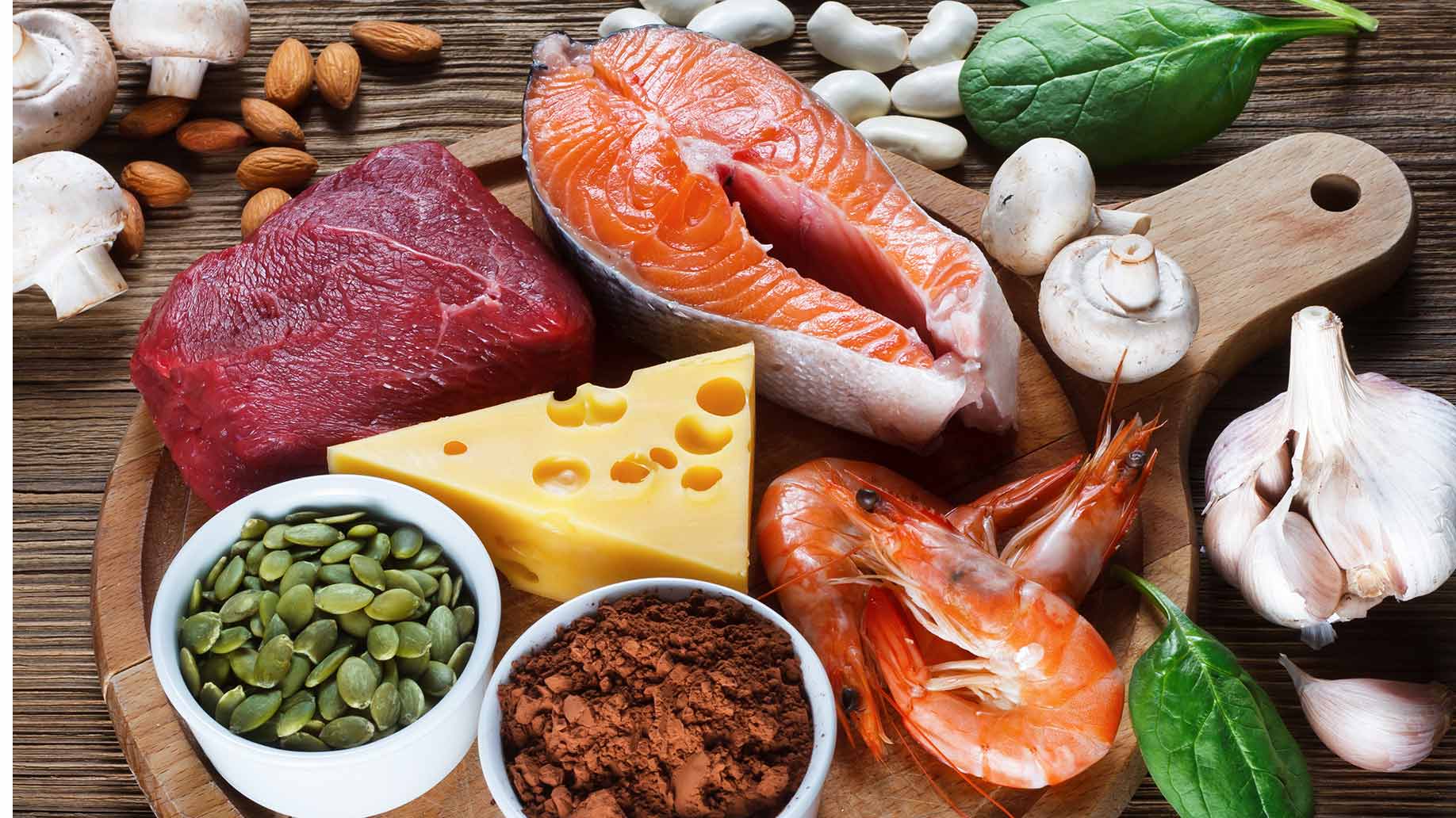
The immune system responds to acne bacteria by producing inflammation around hair follicles and sebaceous glands in the skin. This inflammation leads to the redness and swelling characteristic of pimples.
Research has shown that a zinc deficiency causes elevated inflammation in response to bacterial infection. Oral zinc supplementation can help to regulate the immune system and control inflammation, reducing the frequency and severity of acne outbreaks.
A Turkish study examined the effect of zinc deficiency on the development of acne. Researchers recruited 47 acne patients and 40 acne-free controls who were matched for age and gender. All of the participants were given blood tests to determine their zinc levels.
Statistical comparison of the acne and control groups showed that acne patients had significantly lower zinc levels. Zinc levels were low in 54% of acne patients, compared to only 10% of control group subjects.
A study published in Acta Dermato-Venereologica examined the efficacy of oral zinc sulfate for treating acne. A total of 54 acne patients were randomized to receive either 0.6 grams of zinc sulfate daily or a placebo. After 6-weeks, acne improved by about 33% in the zinc group, significantly more than in the control group.
A clinical trial published in Dermatology compared oral zinc supplements to the prescription antibiotic minocycline for the treatment of acne. A total of 332 acne patients were randomized to receive either 30 mg of elemental zinc or 100 mg of minocycline over 3 months.
In the zinc group, the total lesion count had fell by 50% and 31% of patients had more than a 66% decrease in papules and pustules. Minocycline was 17% superior to zinc with respect to change in lesion count, however researchers concluded that both minocycline and zinc gluconate are effective in the treatment of inflammatory acne.
Method: The best dietary sources of zinc are seafood, beef, lamb and pork. Oysters are an incredibly rich source (if you like them and can afford them). Plant-based sources of zinc include wheat germ, baked beans, pumpkin seeds and cashew nuts.
If you are vegetarian or vegan, or even if you get most of your calories from carbohydrates, you may be zinc deficient. Plant-foods are poor sources of zinc compared to animal foods. In addition, phytates found in grains and legumes inhibit absorption of zinc.
Taking a daily 30 mg zinc supplement could help to reduce acne outbreaks. There are several types of zinc capsules on the market and some are more bioavailable than others. For maximum benefits, choose zinc picolinate or zinc methionine.
Recommended:
6. Barberry
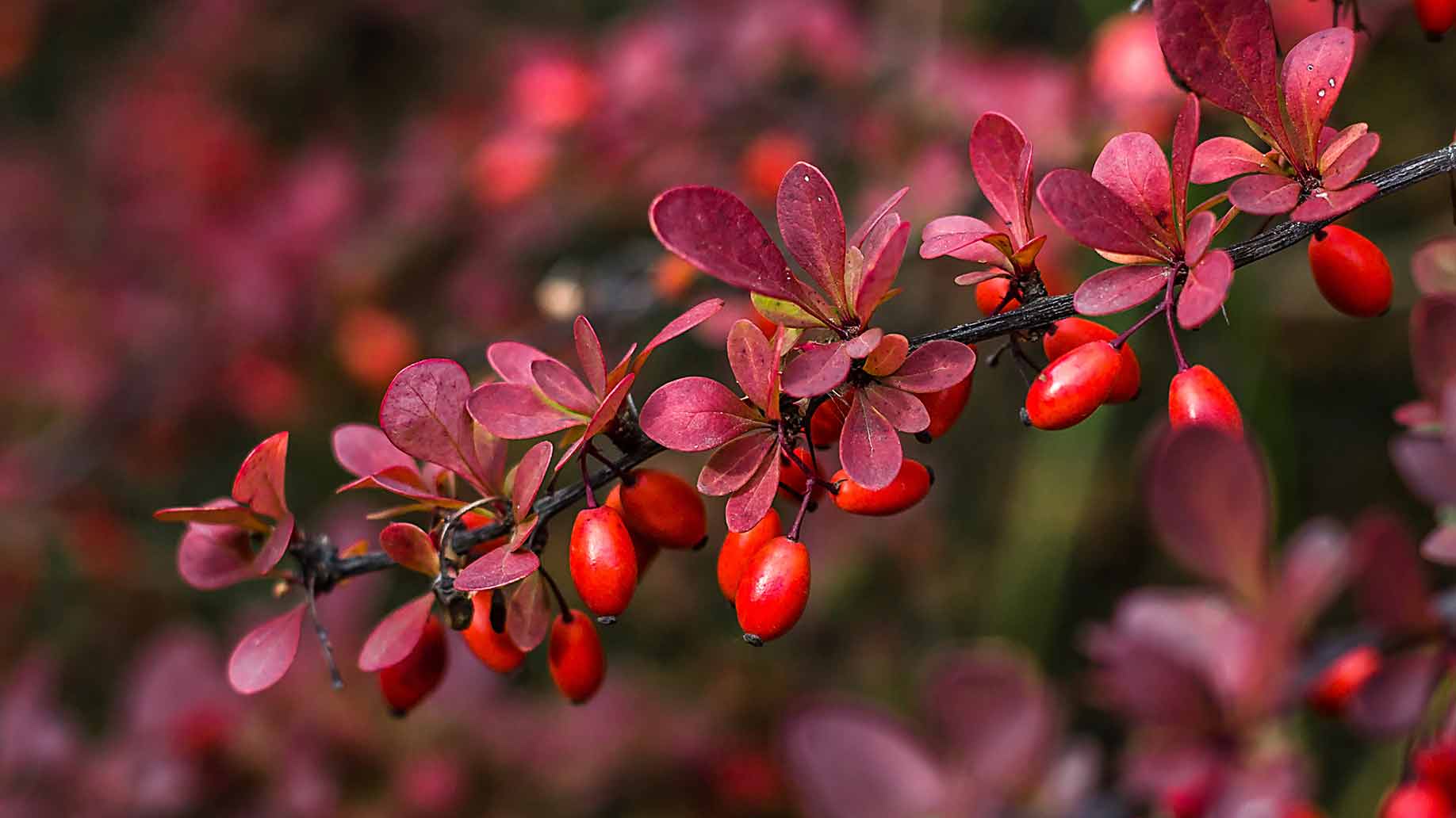
Barberry (Berberis vulgaris) is widely used in eastern and western traditional medicine. Research has shown that berberine and other compounds in barberry have antimicrobial, antioxidant and anti-inflammatory properties, all of which could help reduce acne.
Berberine also lowers blood sugar, helping to control insulin and other hormones which trigger excess sebum. A rodent study found that that berberine suppressed sebum production by 63%.
A study published in the Journal of Dietary Supplements examined the effect of barberry extract on acne. A total of 49 adolescents with moderate-to-severe acne were randomized to receive either 600 mg daily of barberry extract or a placebo. Acne lesion counts and acne severity scores were documented at the start of the trial and after 4-weeks.
In the barberry group, acne severity scores and counts of facial noninflamed, inflamed and total acne lesions all declined by an average of 43-45%. There were no significant changes in acne severity or lesion counts in the placebo group.
Method: Choose a supplement capsule containing berberine from barberry extract. Take two 400 mg capsules a day with meals.
You might also like to try barberry bark herbal tea, available in loose leaf or tea bags.
Recommended:
7. Aloe Vera
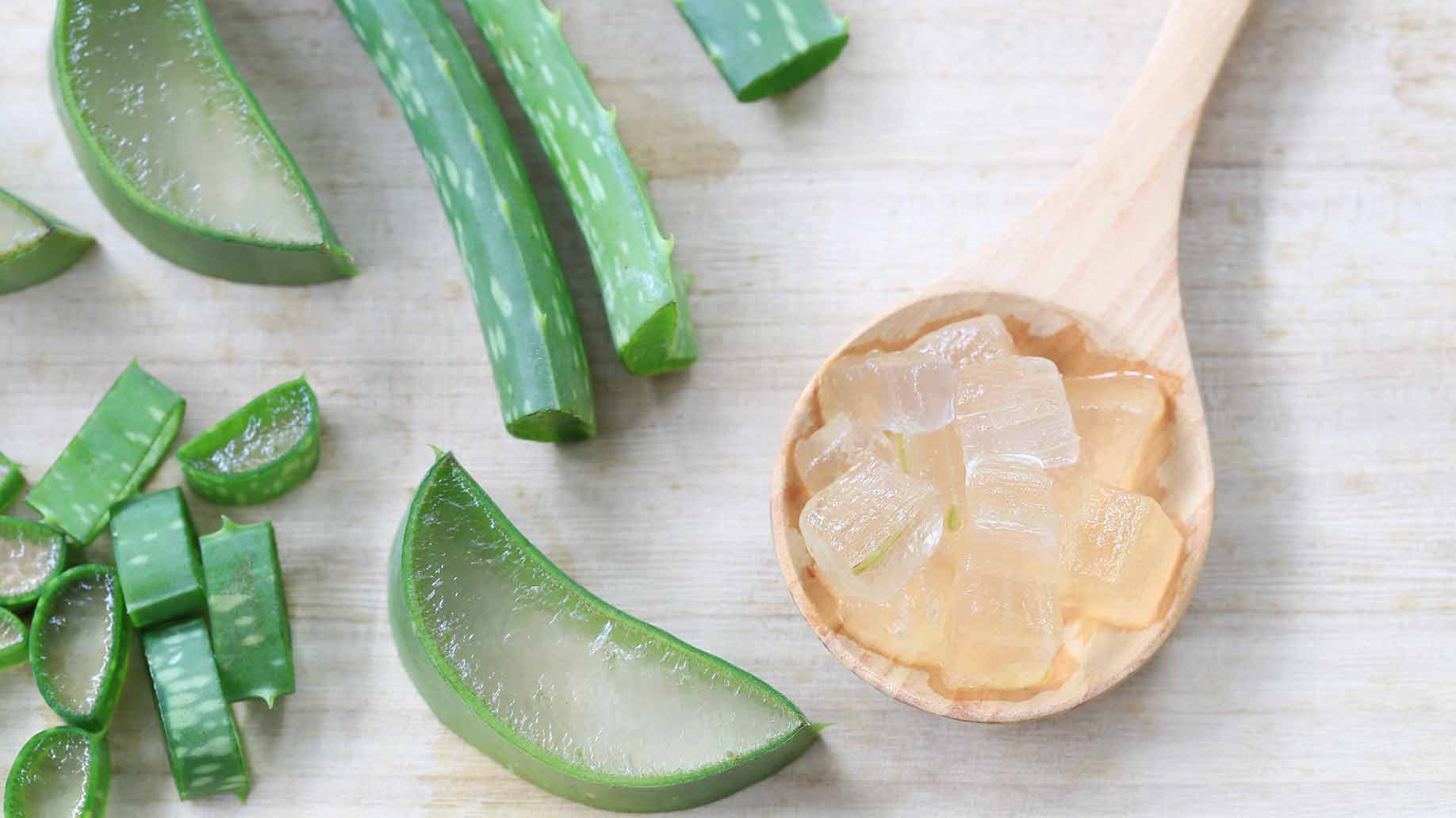
Aloe vera has antibacterial properties and is a common home remedy for minor cuts and burns. While it may not prevent acne outbreaks, it could help to speed up the healing process of acne lesions.
Laboratory research has shown that aloe gel contains compounds called glycoproteins which accelerate the healing process by reducing pain and inflammation. It also contains polysaccharides which stimulate skin growth and repair.
Aloe vera may also help to fade marks and scars left on the skin after acne has healed. A study published in Planta Medica demonstrated that a compound in aloe vera gel called aloin acts on melanin to lighten skin.
A study published in the Journal of Dermatological Treatment examined the efficacy and safety of the combination of tretinoin cream and aloe vera gel for the treatment of acne. Tretinoin (Retin-A) is a topical acne medication which may produce side effects such as redness, dryness, itching and scaling. Researchers conducted a trial to see whether combining tretinoin with aloe vera could reduce adverse events.
A total of 60 subjects with mild-to-moderate acne were randomized to receive either a tretinoin cream or a combination of tretinoin cream and aloe vera gel. After 8-weeks, the combination therapy was significantly more effective in reducing inflammatory, non-inflammatory and total acne lesion scores than tretinoin alone. Skin redness was also significantly less severe in the tretinoin and aloe vera group.
Method: If you have an aloe vera houseplant, cut off a leaf at the base, slit it lengthwise and remove the clear, viscous gel. Wrap the unused portion of the leaf and store in your refrigerator.
Apply to your acne morning and evening after washing your face.
For convenience, you can purchase tubes of pure aloe vera gel from health product suppliers.
Recommended:
Final Word
Some of the remedies above may work better for you than others, depending on your skin type and hormone levels. The best way to find out which method works best for you is to perform your own experiments.
Stick to one treatment for at least 12-weeks and keep a daily or weekly record of your pimple count. Alternatively, simply take a selfie every week and compare before-and-after photos.
Meanwhile, follow these acne care tips from the American Academy of Dermatology:
- Use nonacnegenic or noncomedogenic toiletries, sunscreens and cosmetics.
- Gently wash affected areas with a mild, nondrying cleanser twice a day and after sweating. Scrubbing or vigorous washing can make acne worse.
- Do not unnecessarily dry the skin with astringents, exfoliants and toners.
- To avoid scarring, do not squeeze, pop or pick at acne.

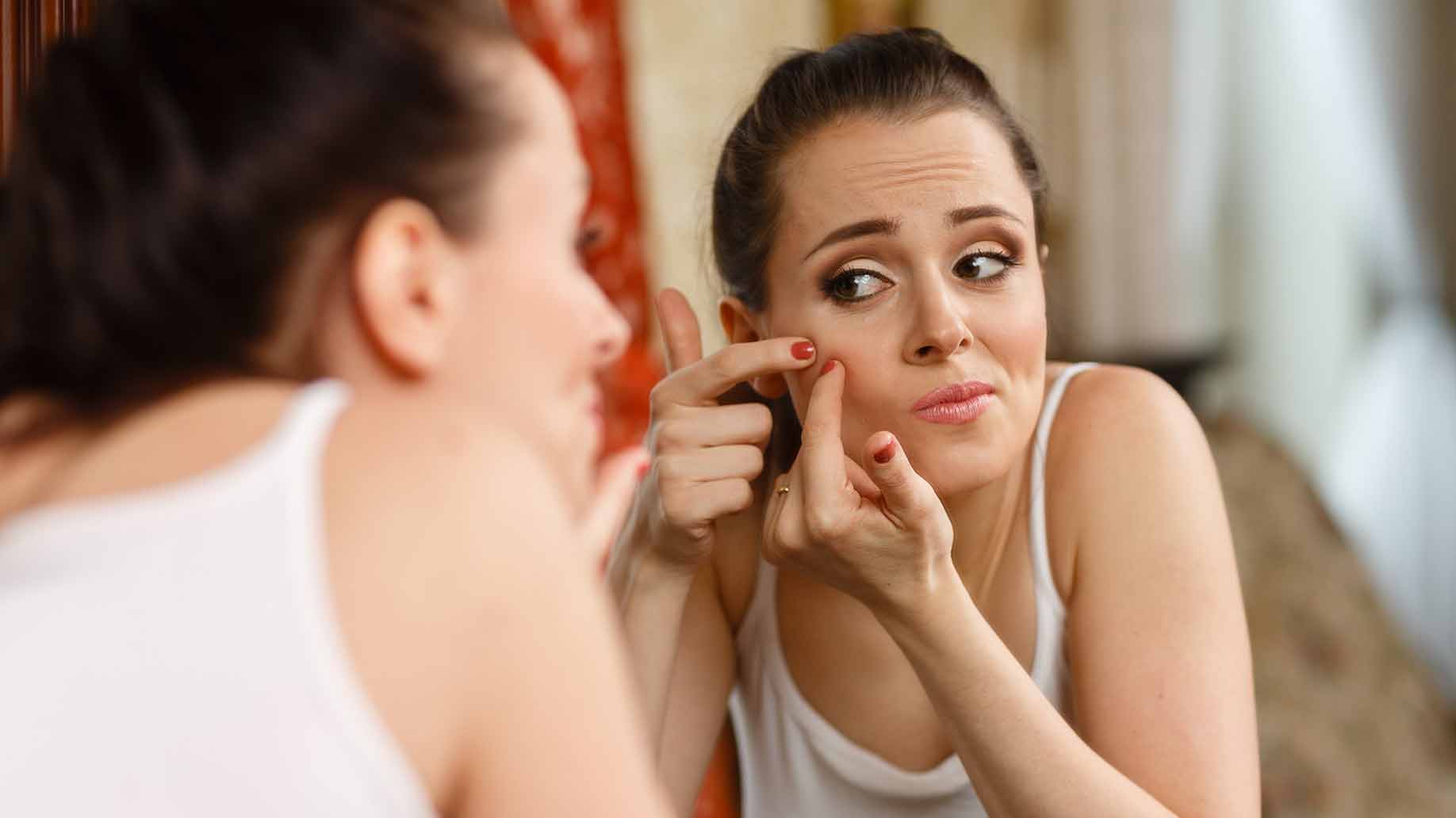
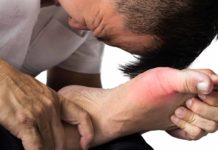
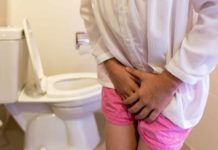
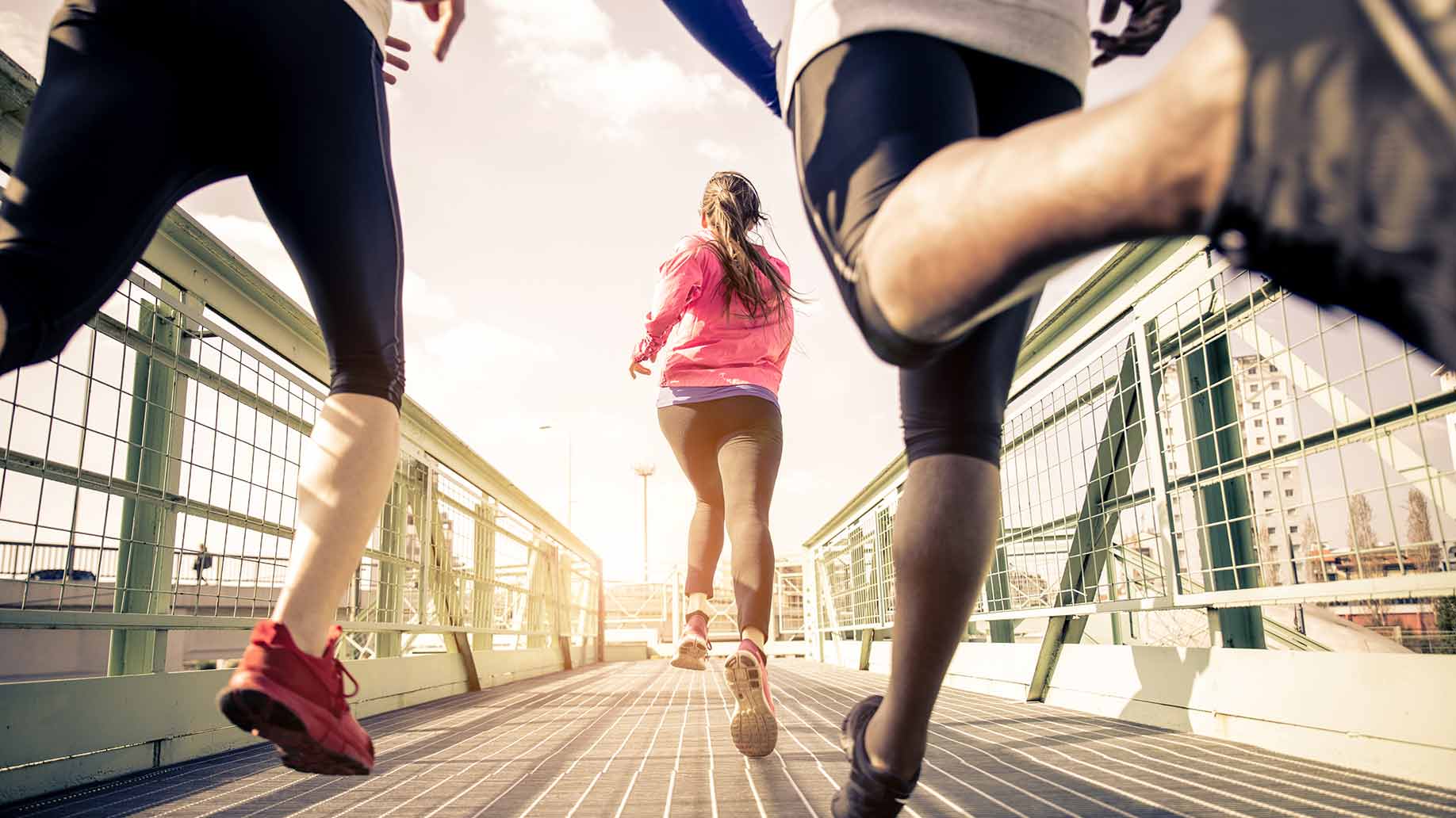
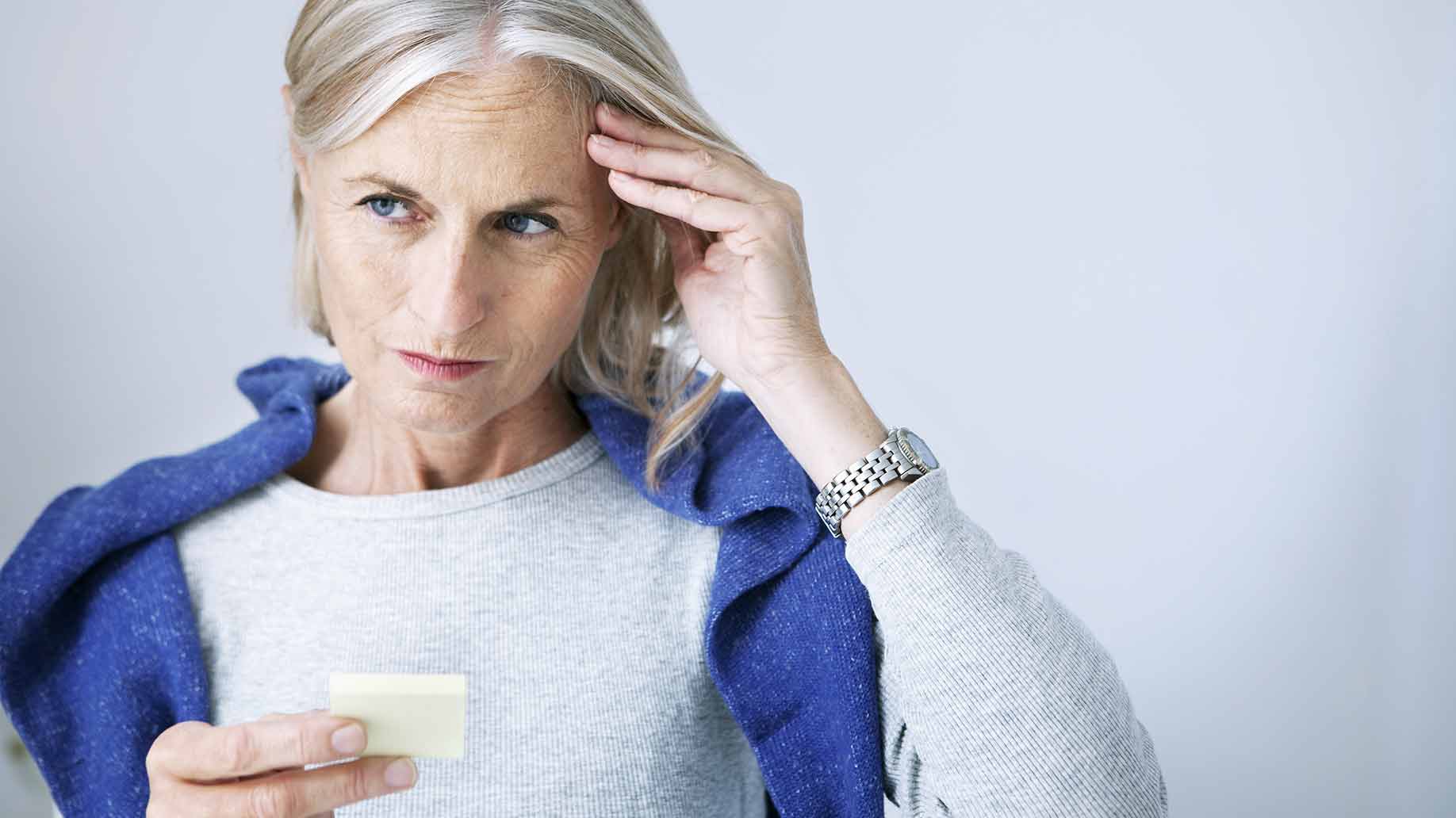
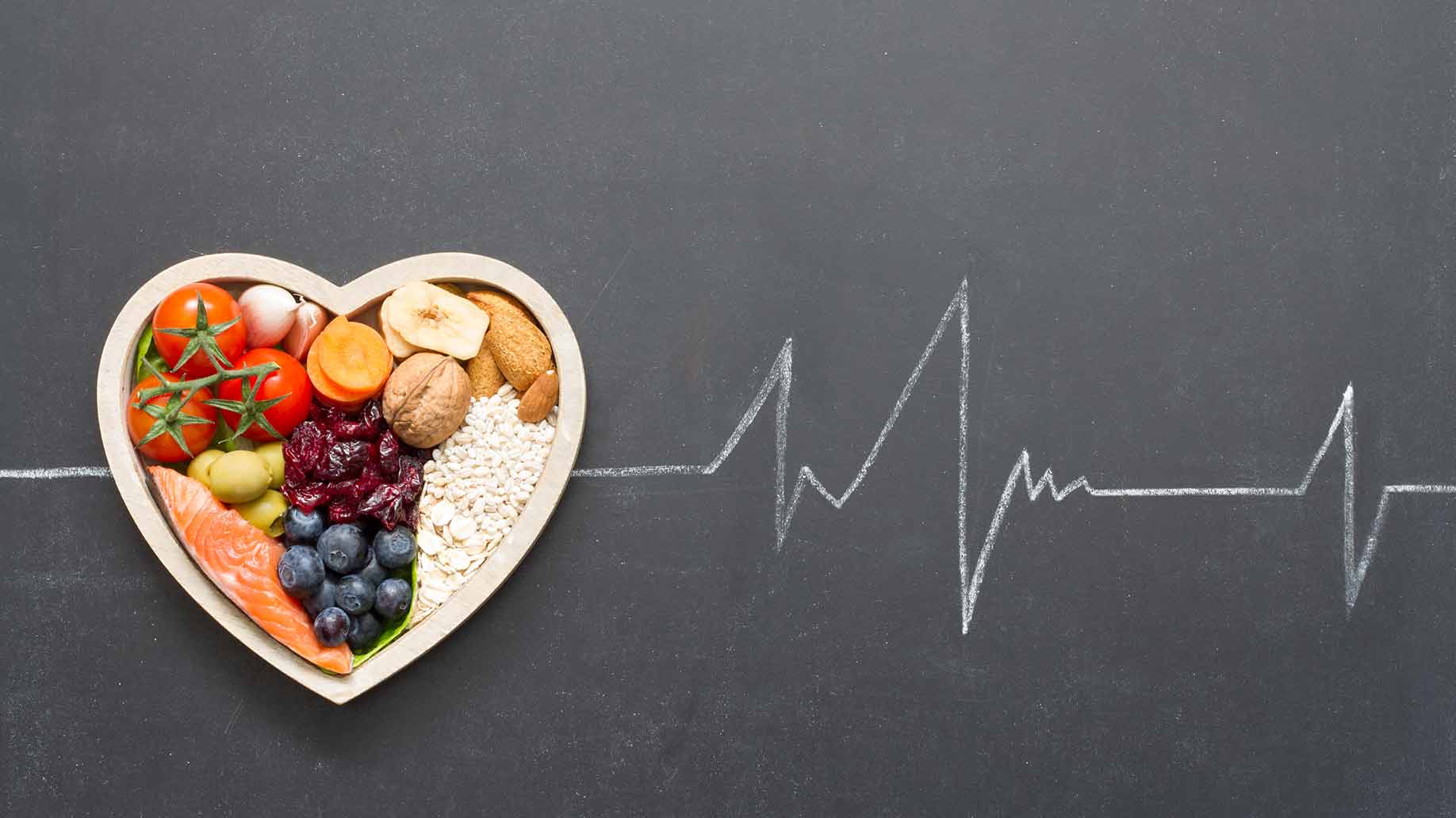

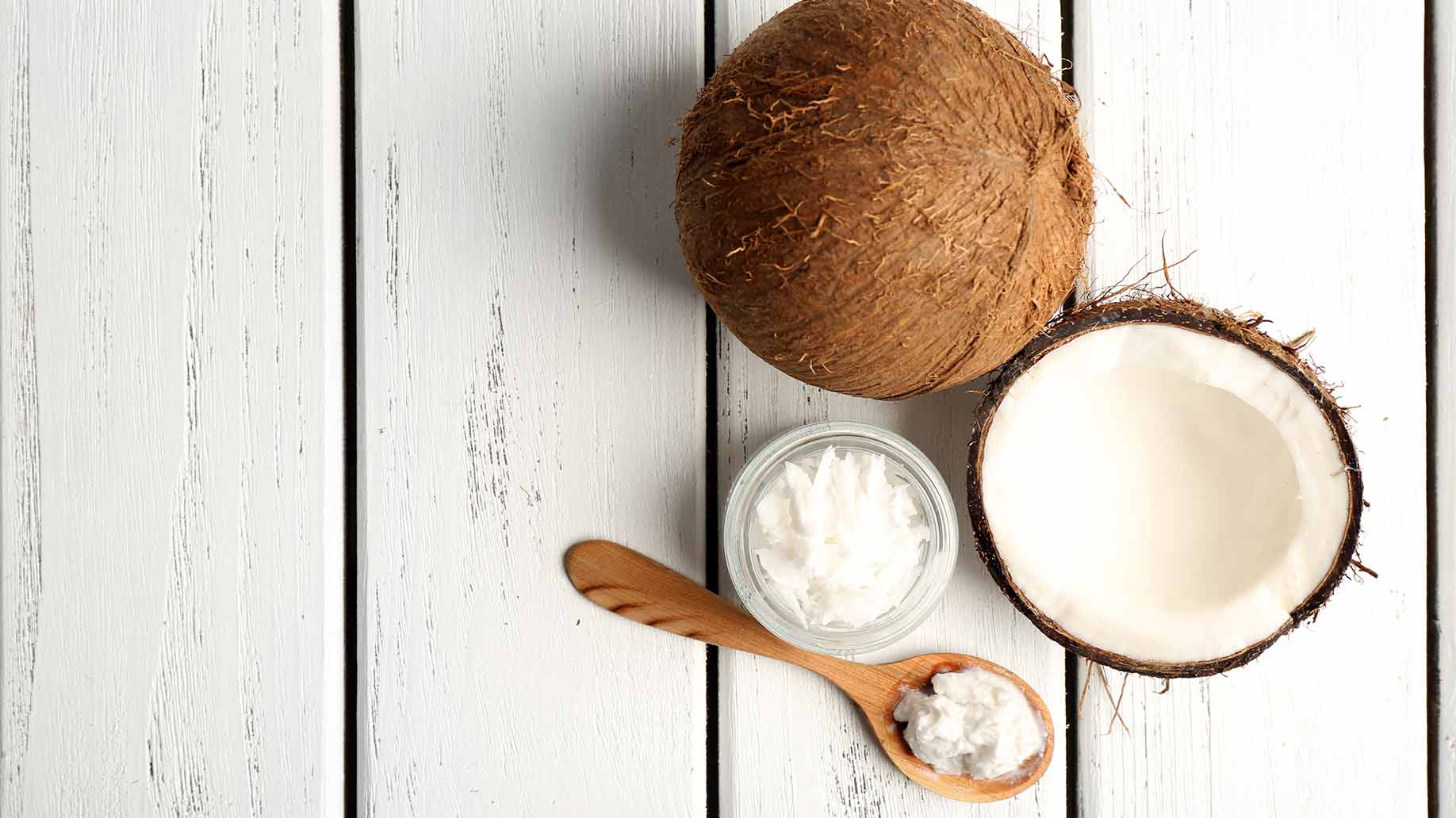
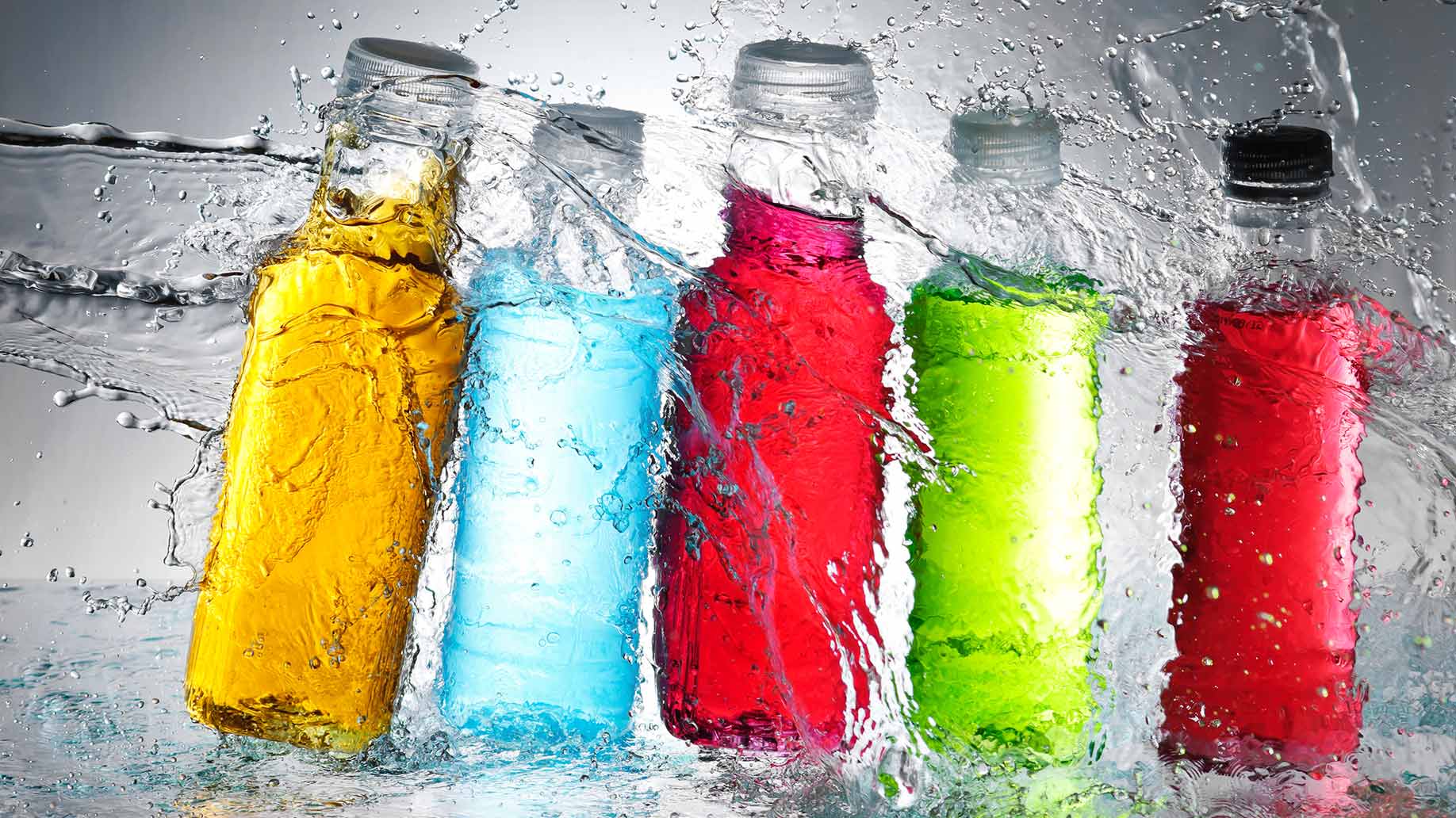
Great info! Natural treatments for acne are often successful. Natural home remedies work well and won’t have any side effects on the skin. Thanks for sharing.
These are all very good acne treatments. I have acne pron skin for this I use Himalayan pink salt, aloe Vera and rose water mixture. It really does work. My acne is reducing gradually. Himalayan salt is very good for skin. I am also using it as bath salt.
I’ve been having pimples on my face since i was kid, I also use Apple Cider Vinegar and Honey which is also good for overnight treatmen results are effective but slow. Thanks for sharing this.
It’s such an brief article. Thanks for sharing with us. Currently, I’m using Himalayan salt scrub from saltean for my acne prone skin. This scrub rejuvenate my skin and reduces acne scars. I would also recommend it to use for skin acne .